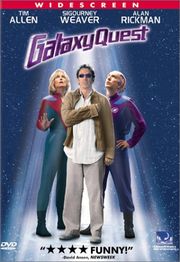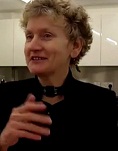
I've just been running some videolectures from London to students at the Netherlands Film and TV Academy in Amsterdam on how to structure ensemble films, and thinking as I planned my lectures just how very complex the planning and plotting issues are in these films. So it was an interesting coincidence when a very pertinent question and lots of answers appeared on the Linked In Screenwriting forum about how many characters you can use in these sorts of films. If you follow this blog, you'll know that I responded. The most recent question asked about TV, so I replied to that too. I've put my response in here, below this post, and you can see the other responses on Linked in.
What is all boils down to really is that you can't approach ensemble films as if they are rather unruly 'one hero on a single journey' films. They are structured in a completely different fashion, as a series of separate stories, with all kinds of particular problems, particuarly with backstory and interweaving (you must interweave in such a way as not to be repetitive, and you have so many story strands, often about unfinished emotional business that your head sometimes spins) So the apparently odd question of 'how many characters...etc' is not odd at all. It's absolutely pertinent. What's scary about the flim industry at the moment is that so many people across all fields believe that you absolutely MUST have only one protagonist. Which wrecks lots of ensemblefilms (in which all of the characters' have stories).
Anyhow, I'm delighted that we're all talking about this stuff now, difficult as it is.
Here's what I wrote in Linked in when someone asked how many characters in TV series
Usually TV series use about six, because there is only sufficient time to handle that number of characters taking the limelinght in your max 50 minute time slot, and people devising TV series agonise about how many and who. For more info on TV writing see my ebook TV Writing The Ground Rules of Series, Serials and Sitcom http://books.google.co.uk/books/about/Television_Writing.html?id=8j1AYBJKWvQC Regarding Ensemble films, they use different structural plans from one-hero films because they are running multiple stories. It's a different set of rules and a different mind set.
The question about 'how many characters are too many' goes to the heart of ensemble screenwriting in both film and TV because of the time restrictions on you as you try to tell but control all those stories/story strands. You don't have time for unlimited character numbers unless you use special forms and some of those forms permit more characters than others.
Why the time problem? Well, for example if the characters in your film know each other you can have huge amounts of backstory to sneak in about their past interactions and unfinished emotional business as you also try to tell the main group 'adventure'. You can have 17-20 story strands to run. Yes, there are ensemble forms in which you can use more characters (40 I think in Magnolia - although this is a film that has problems with its meaning and closure) but you have to quarantine them in stories or you'll get characters in search of a plot.This is a fascinating but huge topic! Anyhow, if you're interested there's a little video interview I did in Sweden on this sort of stuff on the home page of my site www.lindaaronson.com
 RSS Feed
RSS Feed


